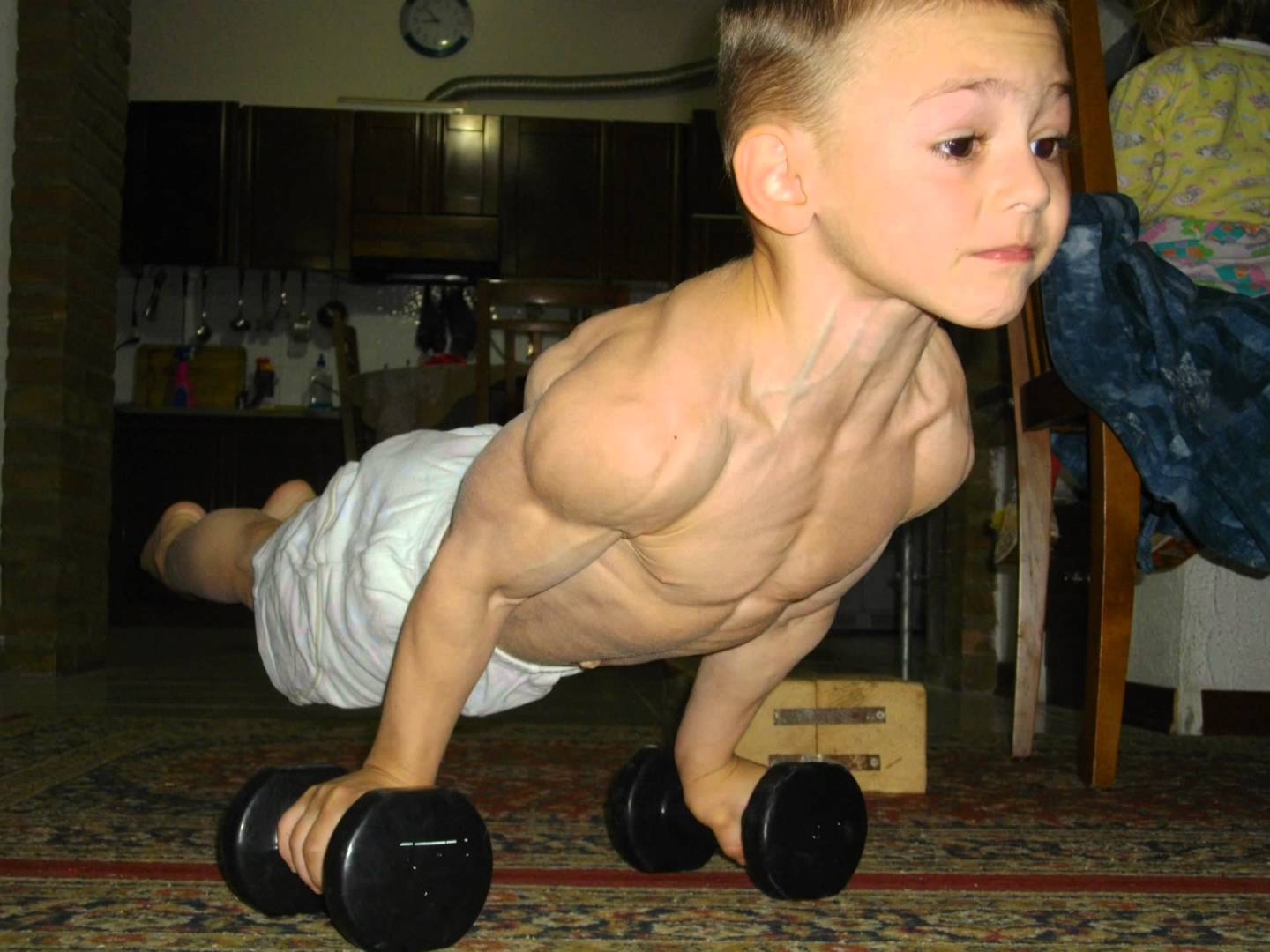The appropriateness of resistance training for children and young athletes is a highly debated issue. This is because there are many myths around the appropriateness of resistance training for children and young athletes. Some of these myths include:
Resistance training is not safe for children and young athletes
Resistance training is no more dangerous than many other form of physical activity in which children and young athletes participate.
Resistance training will stunt the growth of children and young athletes
There is no evidence that resistance training slows the growth of children and young athletes. In fact, resistance training is more likely to have a positive affect on children’s and young athlete’s growth. Attached to this myth is the thought that resistance training is not appropriate for children and young athletes because it will break the growth plate of the athlete. However, this has never happened when resistance training is done with proper supervision and following appropriate guidelines.
Implications of resistance training for the ways young people engage in sport
Resistance training is appropriate for children and young athletes when proper supervision is provided and guidelines are followed, and provides many health and performance benefits. The American College of Sports Medicine states:
While regular participation in a strength training program can enhance the performance of young athletes and reduce their risk of sports-related injuries, boys and girls of all abilities can benefit from strength training.[1]
Resistance training provides increases in muscular size, strength, power and speed. Resistance training increases bone strength and help prevent injury. The key to safe participation in resistance training for children and young athletes is to provide qualified supervision, age-specific instruction and a safe training environment following established training guidelines. These guidelines include those from the Australian Strength and Conditioning Association:
- children should be mature enough to follow direction and appreciate the benefits and risks of resistance training, usually age 6.
- 1 RM should be avoided
- technique should be taught and mastered before increasing resistance
- Intensity should be fairly low:
- 6-9 year olds 15+ RM
- 9-12 year olds 10-15 RM
- 12-15 year olds 8-15 RM
- 15-18 year olds 6-15 RM
- Frequency should be 2-3 times per week [2]
How the appropriateness of resistance training for children and young athletes is managed
Resistance training should be managed by well trained professionals when being used for children and young athletes. Anyone conducting resistance training with children and young athletes should follow appropriate guidelines. If injury occurs, proper first aid and follow up treatment should be sought.
[1] Avery D. Faigenbaum, Ed.D. (2012) Youth Strength Training: Facts and Fallacies. Accessed at https://www.acsm.org/public-information/articles/2012/01/13/youth-strength-training-facts-and-fallacies on 16 December 2015.
[2] Dr Greg Wilson (Chair), Dr Stephen Bird, Dr Donna O’Connor and Julian Jones. (2007) ASCA Position Stand Resistance Training for Children and Youth. Accessed at http://www.strengthandconditioning.org/news/83-resistance-training-for-children-adolescents.html on 16 December 2015.

